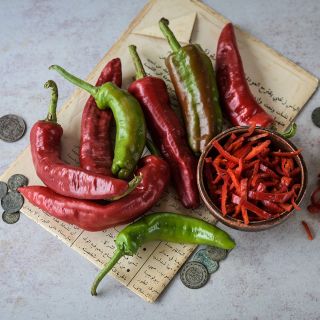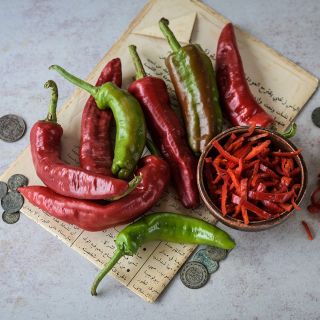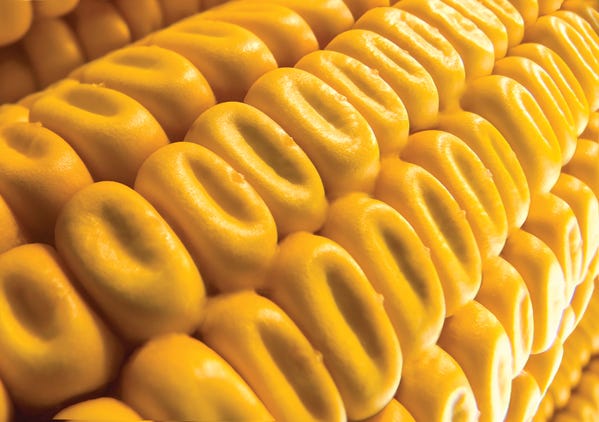
Heirloom Seeds Under Siege: Saving Our Agricultural Heritage
Imagine biting into a sun-warmed Cherokee Purple tomato, its complex flavor a taste of history. But what if these flavors, these histories, were at risk? Today, accessing the seeds that bring these varieties to life is becoming increasingly difficult. Fall 2024 brings into sharper focus the challenges homesteaders and gardeners face in securing heritage and heirloom seeds. From corporate consolidation to evolving regulations, the future of seed diversity hangs in the balance. But there is hope! By understanding the threats and taking action, we can preserve our agricultural heritage for generations to come.

The Seed Access Crisis
The seed industry is undergoing significant consolidation, with fewer and fewer companies controlling a larger share of the market. This corporate consolidation leads to seed monopolies, limiting choices for farmers and gardeners and threatening the loss of biodiversity. Over the past five years, we've witnessed several key acquisitions and mergers that have concentrated power in the hands of a few major players. For example, Bayer's acquisition of Monsanto in 2018 created a behemoth controlling a significant portion of the global seed market. ChemChina's acquisition of Syngenta is another example. These mergers reduce competition, potentially leading to higher seed prices and less innovation in developing varieties suitable for small-scale and organic farming. The focus shifts towards profitable, widely adaptable varieties at the expense of locally adapted heirloom seeds. As older varieties are dropped, heirloom seed shortages become more and more common. This loss of biodiversity makes our food system more vulnerable to pests, diseases, and climate change.
The Plant Variety Protection Act (PVPA) and its Potential Impact
The Plant Variety Protection Act (PVPA) is designed to protect the rights of plant breeders, but proposed changes to the PVPA in Fall 2024 are raising concerns among small farmers and homesteaders. The PVPA grants breeders exclusive rights to market their new plant varieties for 20 years. While intended to incentivize innovation, some argue that stricter enforcement and expanded interpretations of the PVPA could severely limit farmers' ability to save and share seeds from protected varieties.
One of the biggest concerns revolves around the "farmer's exemption." Currently, the PVPA allows farmers to save seeds from protected varieties for replanting on their own farms. However, proposed changes could narrow this exemption, making it more difficult for farmers to save seeds without infringing on breeders' rights. For example, changes in interpretation could limit the amount of seed a farmer can save or restrict the practice of exchanging seeds with neighbors. This directly affects open-pollinated seed availability for small farmers.
Specifically, some interpretations of Section 113 of the PVPA are worrisome. Stricter interpretations might dictate that any process applied to the saved seed beyond simple cleaning (such as minimal treatment to improve germination) could violate the breeder's rights.
To learn more about the PVPA and related advocacy efforts, visit the USDA website: https://www.ams.usda.gov/rules-regulations/pvp.
Saving Seeds: A Practical Guide
Despite these challenges, saving seeds is a powerful way to protect our agricultural heritage. Here's a simple guide to saving tomato seeds:
- Step 1: Selecting Tomatoes: Choose ripe, healthy tomatoes from open-pollinated varieties. Open-pollinated varieties are crucial because they breed true to type, meaning the seeds will produce plants similar to the parent plant. Excellent choices include Cherokee Purple, Brandywine, and San Marzano. These varieties have proven their worth over generations.
- Step 2: Fermenting Seeds: Scoop out the seeds and pulp into a jar. Add a little water and let it sit for 2-4 days, stirring occasionally. A white mold will form on top – this is a good sign! The fermentation process removes the gel coating around the seeds, which inhibits germination. You'll know it's ready when the good seeds sink to the bottom, and the mold and non-viable seeds float to the top.
- Step 3: Drying Seeds: Pour off the moldy liquid and rinse the seeds thoroughly. Spread the seeds in a single layer on parchment paper or a glass plate. Allow them to dry in a well-ventilated area for 1-2 weeks, or until completely dry. Thorough drying is essential to prevent mold and ensure long-term viability.
- Step 4: Storing Seeds: Once the seeds are completely dry, store them in a cool, dark, and dry place. Airtight containers or envelopes work well. Optimal storage temperature is below 50°F (10°C). Properly stored tomato seeds can remain viable for several years.

The Seed Savers Exchange: A Beacon of Hope
The Seed Savers Exchange (SSE) is a champion in the movement to preserve heirloom varieties. Their mission is to save and share the seeds of our agricultural heritage, ensuring that these valuable varieties are not lost. SSE offers a seed exchange program where members can obtain and share heirloom seeds. They also provide invaluable educational resources on seed saving and gardening. Consider joining SSE and actively participating in seed saving and sharing. This type of organization is helping to find rare and endangered heirloom seeds to make sure they are not lost to time. You can find more information on their website: https://www.seedsavers.org/.
Call to Action & Community Resilience
The challenges to seed access are real, but they are not insurmountable. We can protect our agricultural heritage by taking collective action. Save seeds from your favorite open-pollinated varieties. Support organizations like the Seed Savers Exchange. Advocate for policies that protect seed diversity and the farmer's exemption. By working together, we can build a resilient food system that values biodiversity and empowers local communities.
“The seed is the repository of life. To have a seed is to have life, to give a seed is to give life.” – Vandana Shiva